Are you wondering about the most extreme and dangerous airports in the world or do you have an interest in flying at such airports? There are lots of airports in the world where skilled and experienced pilots can only operate flights. Such airports feature a difficult approach procedure, unpredictable weather, complex geographical position, and all the challenges that the flight crews are required to handle carefully for safe operation.
In this article, we present you with the top ten most extreme and dangerous airports from across the globe.
10. WELLINGTON INTERNATIONAL AIRPORT (NEW ZEALAND)
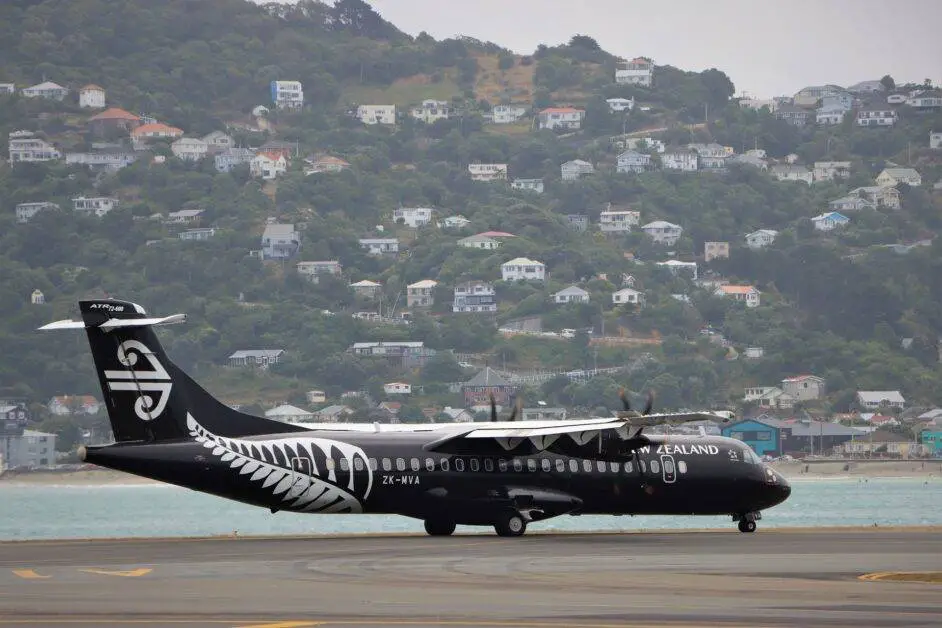
The Wellington International Airport is located in the suburb of Rongotai in Wellington, the capital city of New Zealand. The airport features a single 2000 meters long runway with a capacity of an average of 30 aircraft movements per hour.
The pathway of the Wellington airport seems to start and end in the water bodies so, pilots need to know the landing and takeoff point to prevent the surrounding water bodies.
The channeling effect of Cook Strait creates strong and gusty winds compelling rough and turbulent landings even in big aircraft. This condition requires a pilot to maneuver the plane precisely for a safe landing.
9. MADEIRA INTERNATIONAL AIRPORT (PORTUGAL)
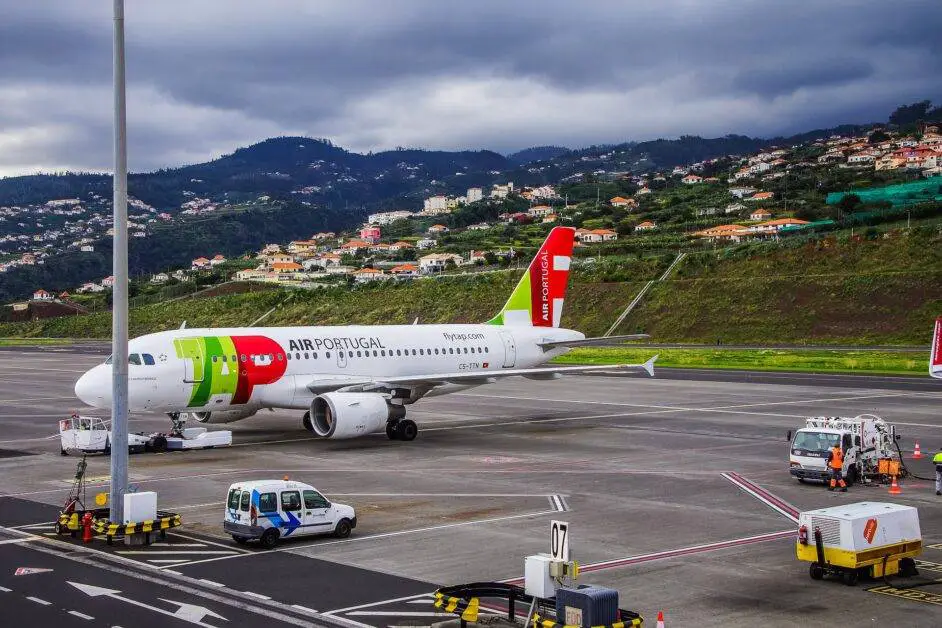
Cristiano Ronaldo Madeira International Airport formerly known as Funchal Airport is one of the most extreme and dangerous airports in the world due to its construction and challenging approach.
The runway of this airport was extended from 1600 meters to 2781 meters after a Boeing 727 fell off the end of the runway in 1977 killing 164 people. The extended runway part is supported by 180 strong pillars that withstand heavy impact during landings.
The airport features strong winds, high mountains on one side, and the ocean on the other. Pilots are required to take advanced simulators and real flight training before being approved to land at this airport.
8. PRINCESS JULIANA INTERNATIONAL AIRPORT (SAINT MARTIN)
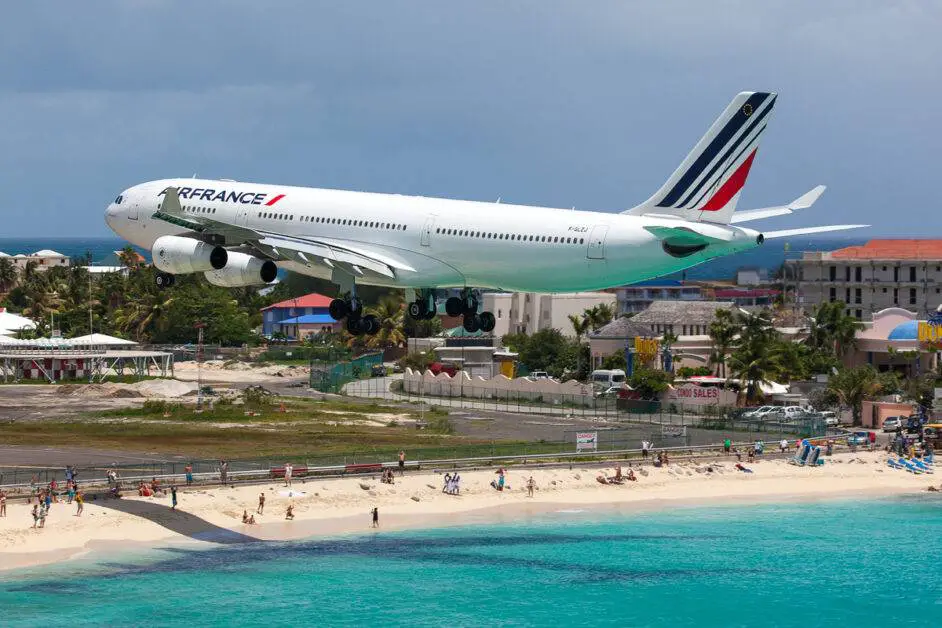
Princess Juliana International Airport is another beautiful airport located in Saint Martin featuring a public beach just before the 2179 meters long runway. The runway of this airport is short considering the large aircraft that approach here. The airport was constructed to accommodate small planes but the booming tourism industry of the region compelled big aircraft like the Boeing 747 to operate regular flights.
This airport is famous for low landings over the ocean letting tourists have a close call with the aircraft and also experience a jet blast.
7. GIBRALTAR INTERNATIONAL AIRPORT (GIBRALTAR)
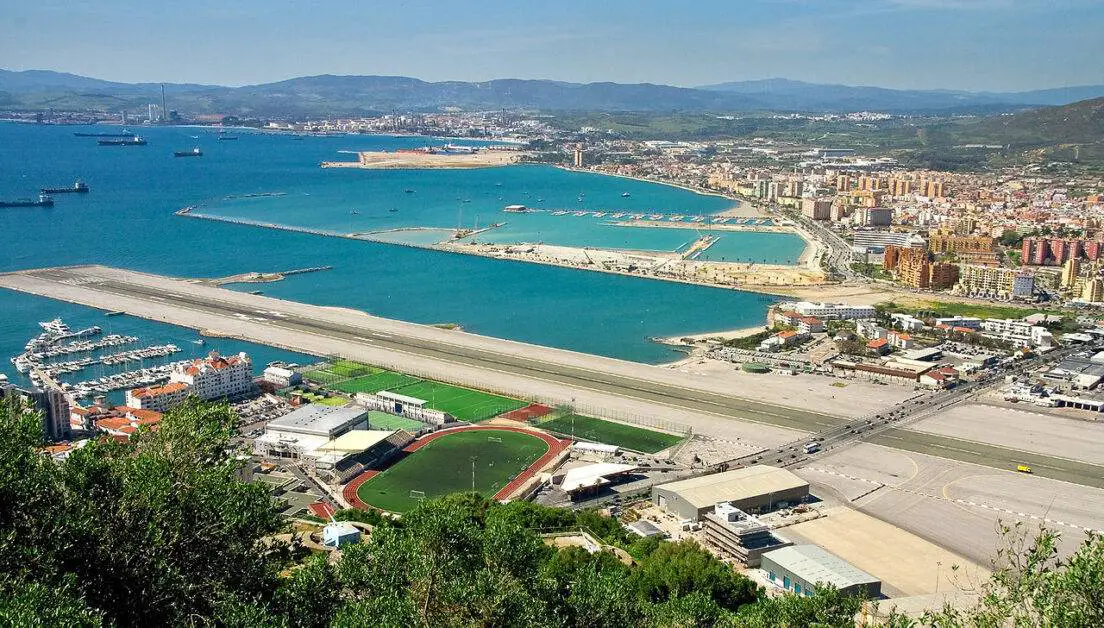
Gibraltar International Airport located in Gibraltar is the iconic airport whose 1777 meters runway crosses the main road in and out of the British Overseas Territory. The highway traffic gets halted every time an aircraft lands or takes off.
The region around the Rock of Gibraltar and across the Bay of Algeciras produces strong and vibrant turbulence and wind shear challenging pilots for landings. Diversion and go-arounds are common in this airport during the winter season.
6. GUSTAF III AIRPORT (SAINT BARTHELEMY)
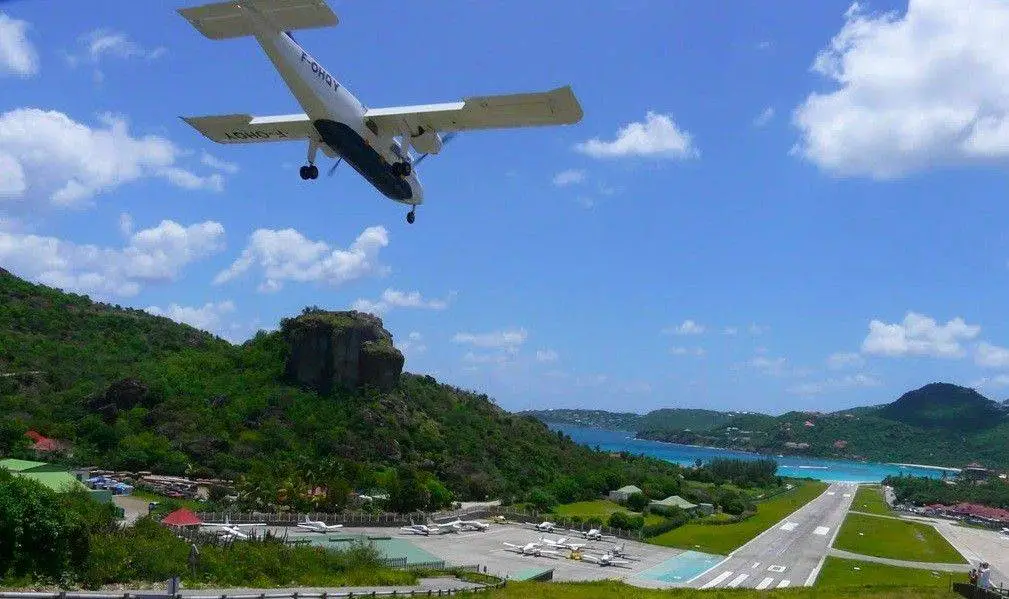
The Gustaf III Airport situated in Saint Barthelemy is one of the most challenging and dangerous airports in the world. The airport features a short runway of 640 meters length with a large hill off the approach end to the runway.
The pilots have to face numerous challenges during the approach including a large hill just a moment before landing, a traffic circle right below the approach path, distractions from people waving, and turbulence caused by the rough terrain.
The pilots have to make a 6-degree glideslope which is double the standard descent rate at other airports. Besides, the speed of the aircraft must be consistent and stabilized for a safe landing.
5. BARRA AIRPORT (SCOTLAND)
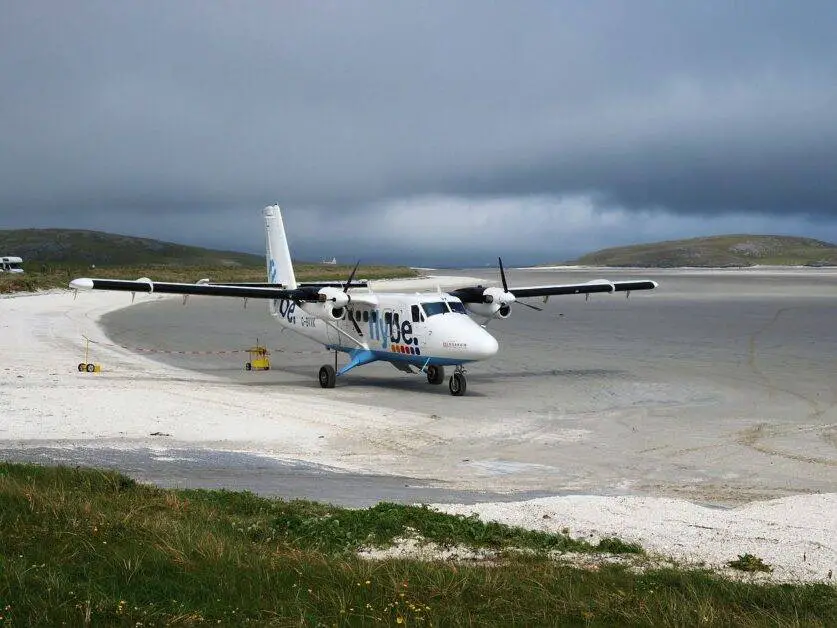
Barra Airport situated in Scotland is known for the airport with a disappearing runway. The uniqueness of the airport is that it is the only one in the world where scheduled flights use the beach as a runway.
It lies at the Scotland beach with three runways with a length of 799 meters, 680 meters, and 847 meters, marked by wooden poles at their ends. This allows the Twin Otters that serve the airport to almost land into the wind. At high tide, these runways are under the sea – flight times vary with the tide.
The rising tides, severe weather conditions, and higher risk can seriously create havoc for the pilots.
4. TONCONTIN INTERNATIONAL AIRPORT (HONDURAS)
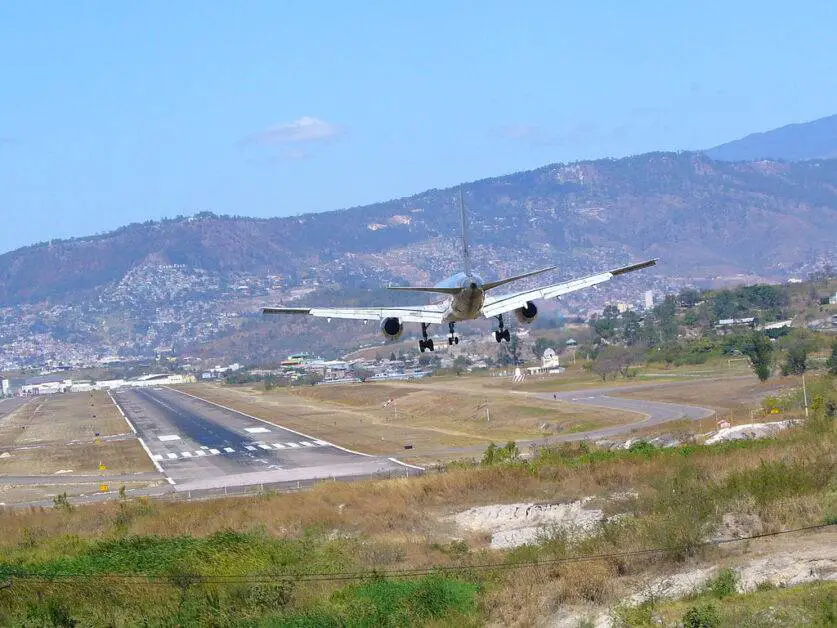
The Toncontin International Airport located in Tegucigalpa, Honduras is another extreme and one of the dangerous airports in the world. This airport features a single asphalt runway of 2012 meters and the approach is considered to be one of the most difficult in the world.
Pilots must conduct a sharp 45-degree turn after negotiating the mountainous terrain, residential area before making a final decision for landing.
Even the most experienced and skilled pilots find difficulty in navigating and approaching the airport. 132 people died in the deadliest Boeing 727 crash in 1989 at the mountainside of the Toncontin airport. The plane overran the runway and plummeted some feet below the end of the runway.
3. COURCHEVEL AIRPORT (FRANCE)
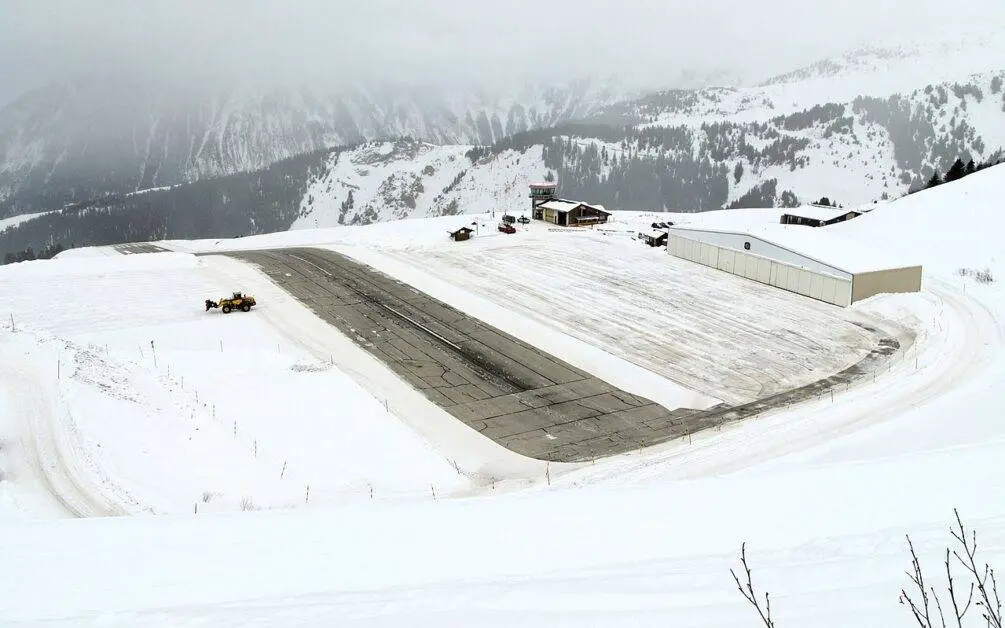
Courchevel Airport is situated in a ski resort in the French Alps at an altitude of 6584 feet. The airport features an upslope runway with an 18.66% gradient which is the highest gradient in the world.
The runway of the airport is short with 537 meters in length and it is considered one of the dangerous airports in the world due to its challenging approach, highest gradient upslope runway, and ski runs in the adjacent area. Besides, the airport records around 6000 flight turnarounds every winter due to extreme weather.
Pilots must land the plane precisely with sharp angles along with proper mountain navigation.
2. PARO INTERNATIONAL AIRPORT (BHUTAN)

Paro International Airport, the sole international airport of the Kingdom of Bhutan is inarguably the most extreme and dangerous airport in the world. Only less than 2 dozen pilots are certified to land and take off from this airport.
The airport features a single asphalt runway with a length of 1964 meters and is visible only moments before landing. The airport allows flights only under visual meteorological conditions during daylight hours from sunrise to sunset.
The pilots must pass through 18000 ft peaks through a long winding valley and then make a final approach to the runway that becomes visible only at the last moment. They must fly manually as the airport doesn’t provide radar guides. Besides, pilots have to closely monitor the electrical poles and house roofs on the hillside while making a 45-degree manoeuvre for aligning with the runway.
1. TENZING HILLARY AIRPORT (NEPAL)

Tenzing Hillary Airport also known as Lukla Airport located at Solukhumbu District, Nepal is one of the most extreme and dangerous airports in the world. The Short Takeoff and Landing (STOL) airport lies at an elevation of 9337 feet above sea level and remains extremely busy during the peak tourism season.
The runway dimension is 527 meters by 20 meters and is sloped uphill at the end with a gradient of almost 12% which allows only STOL aircraft like Twin Otter, Dornier 228, Let L410 to operate.
The airport is known to be extreme and dangerous due to its challenging approach, constantly changing weather, vibrant terrains, short runway, no go-around procedure, and frequent fatal incidents and accidents.
ALSO READ:





